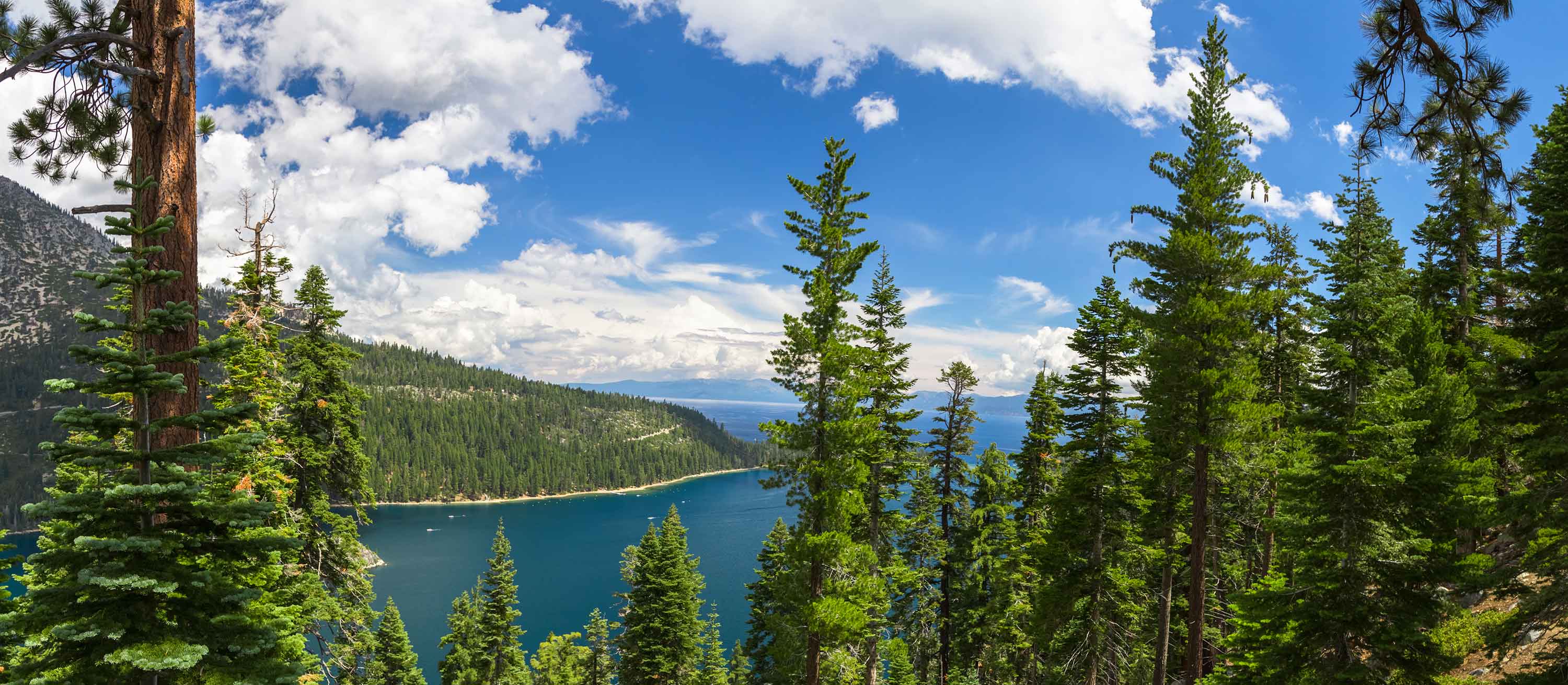Water Heaters
Raise your hand if you enjoy long, hot showers? Do you have a large family where regular bathing is encouraged? Is your home used as vacation rental? If you answered yes to any of these questions, then you use quite a bit of hot water. The need for an ample supply of hot water is there and your need can be met, the persistent problem that we as homeowners encounter is the cost to heat water. The energy used to heat water makes up to a whopping 30% of your utility bill, second place to the cost of heating the air in your home. We would like to help you understand why one option will save your hard earned money.
There are two main types of water heaters on the market for your choosing.
One option is a traditional heater that stores water in a tank. The water supply is constantly heated, whether the demand is there or not. Therefore, you are always using a source of energy to keep the water hot.
The second option that is highly recommended for heating your water is referred to as a tankless water heater. The tankless unit works by heating the water only when you need it.
There are so many great benefits of having a tankless water heater installed in your home, so let’s talk about them! Noticeably one of the biggest attractions of a tankless system is the energy savings. The heater only runs when you are in need of hot water. You’ll start to see the difference in your utility bills immediately.
Thanks to the innovation of new high-efficiency tankless water heaters, an endless supply of hot water wherever and whenever it’s needed is available to you with a turn of a knob. You don’t have to worry about prioritizing water related activities. Start a load of laundry, run the dishwasher, and enjoy a hot bath without worrying about running out of hot water. The flexibility and convenience of having hot water combined with the reliability of proven engineering makes a tankless water heater the best choice for homeowners. Locally, we hear the common complaint that Tahoe vacation homes don’t have enough hot water for all of the guests to shower when they wake up or after they get off the mountain. After installing a tankless water heater, this complaint is silenced.
With the abundance of large Vacation Homes available in Tahoe, those beauties that have 4 plus bathrooms may require more than one water heater. These water heaters can be connected in a parallel for simultaneous demands of hot water
An added bonus to choosing a tankless water heater is that your water will be much cleaner. The water isn’t being stored in a stagnant tank; it has no chance to get infused with rust, dirt and other contaminants. Tankless water heaters last longer and perform better with professional annual maintenance, but you won’t have to worry about cleaning out the rust and calcium build-up that can clog traditional heating tanks.
Now let’s talk numbers, in the past tankless water heaters have been less than stellar in their performance and reliability. A high quality, modern tankless water heater does not suffer from the problems of older and inexpensive tankless units. The new tankless technology offered from manufacturers such as Rinnai, Navian and Noritz have turned water heating into a science. Modern tankless water heaters are reliable, do not require user contribution to operate and will provide an endless supply of hot water to the home. The brands of tankless water heaters that we recommend offer up to a 97% efficiency rating and are compact in size verse tank water heaters that are large and often occupy an entire closet. Tankless water heaters are small compact units and can be mounted high on a wall in a closet (preferably on an outside wall). We often create usable closet space when we replace a tank style water heater with a tankless due to the significant size difference. Did someone say more closet space? Okay, sign me up!
Typically, tankless water heaters provide hot water at a rate of 4-8 gallons per minute. Gas-fired tankless water heaters produce higher flow rates than electric units. Gas units require a dedicated gas line from the gas meter. Electric units require two or three 240-volt 50 amp circuits. A gas tankless water heater will not provide hot water when your power goes out. If this is a concern, the solution would be to plug your tankless into a quality battery backup device (like you would use for a computer).
The initial cost of a tankless water heater is greater than that of a conventional storage water heater, but tankless water heaters last longer and have lower operating and energy costs (tankless uses up to 40% less energy than a standard tank style) , which offsets its higher purchase price. Most tankless water heaters have a life expectancy of more than 20 years. They also have easily replaceable parts that extend their life by many more years. In contrast, storage water heaters last 10–15 years, harder and more costly to repair.
Currently in California if you are in need of a replacement for you electric tank water heater in a home and your home has a gas meter, you cannot replace the electric tank style water heater with another electric unit. The replacement must either be a gas tank type unit or gas tankless.
Gas Tank Water Heaters: Tank models have been the mainstay ever since their invention back in 1889 by Edwin Ruud (yep, the same Norwegian guy that created Ruud furnaces, etc…). Basically, these operate on a standing pilot that drives a valve which fires up the burner as hot water is used from the tank. Tank heaters are made in B and Direct Vent, depending on the application. Gas is usually the cheapest way to heat anything and the really nice thing about them is you can still take a hot shower during a power outage – even if it is by candlelight.
Electric Tank Water Heaters: These models require no venting, and work by supplying current to one or two heating elements located inside the tank (think like a really big aquarium heater). These are only recommended if gas is not available (electricity can cost about 4-5X more to operate), or the heater closet was originally located in the middle of the house (and designed for electric use only). This would make retrofitting it to burn gas and running a vent not very feasible.
Tankless: These have been in use throughout Europe for a long time and it seems like the US is starting to latch onto this idea. Tankless water heaters may take some getting used to, but if they are sized correctly for the application, they seem to work well. If you're installing one of these in Tahoe (or other cold climate areas), be sure to get one that is freeze-protected! Also, look for one that supplies a minimum of 3 GPM flow at a 70 degree rise at this altitude, or you may not get the flow you need. A few other things to consider when deciding what's best for your home are listed in the table below.
Some of the Pros and Cons of Tank vs Tankless:
TANK
- Instantly supplies hot water to the tap - pipes are kept warm.
- Unit is nearly always using power to heat up water in the tank. Some of this heat escapes. These are called standby losses.
- Work during power outages
- No rebate to replace
- Require a larger space
- Places a small demand pressure-wise on the gas line ie. can operate with a normal house-sized gas supply
- Low cost for a new unit or replacement one. However, replacement of an old tank heater usually means Code upgrades which add to installation price
TANKLESS
- Take a while to heat the pipe up and provide hot water.
- Unit ONLY uses power when hot water is needed - no standby losses. But unit has to purge 1/2 to 3/4" gallon of water from pipe to 'get to' the hot water.
- Require power from the electrical panel to operate
- As of 8-1-07, installation of an 80% efficient unit will gain the customer a $300 Federal Tax credit
- Use very little space
- Requires a dedicated gas line (usually 3/4") to operate
- Even though it may be 10-20% more efficient, unit is expensive and will take years to recoup cost of installation.


